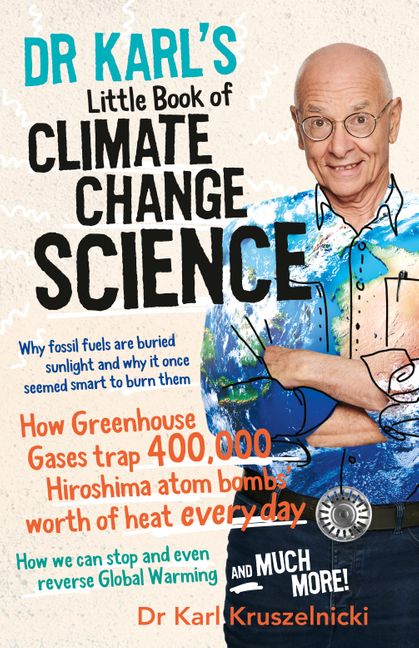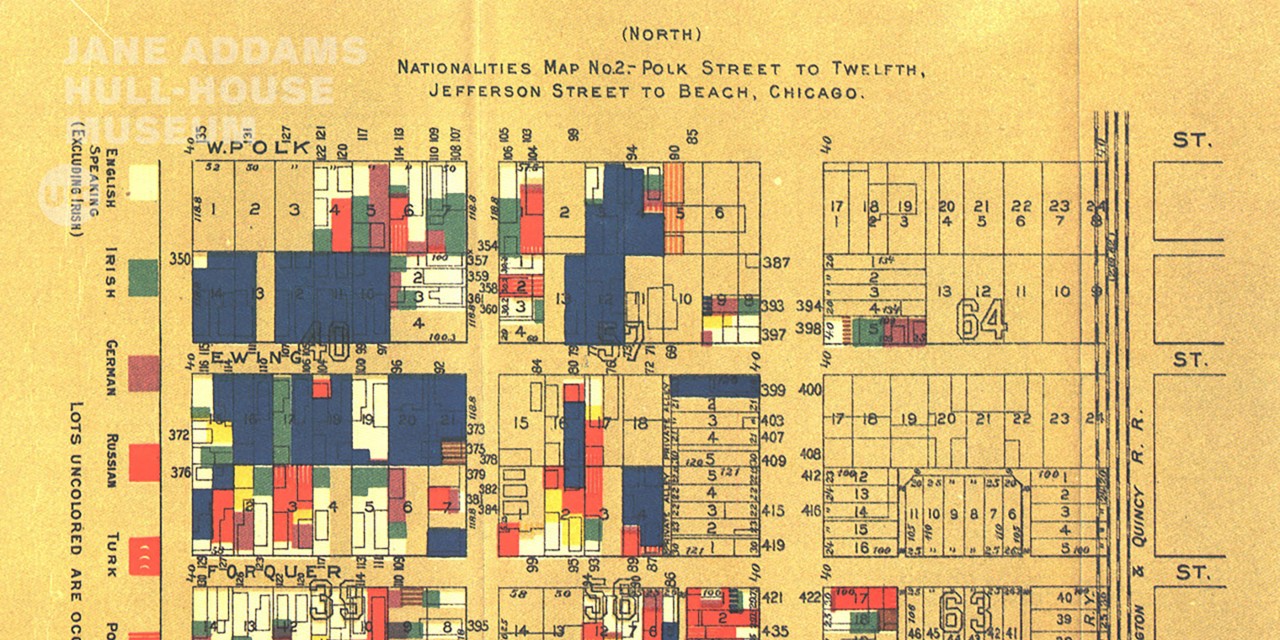Global Youth Mobilization for Climate Justice and the Sustainable Development Goals
Introduction: A Coordinated Push for Legal Clarity
Youth-led organizations, including Pacific Islands Students Fighting Climate Change (PISFCC) and World Youth for Climate Justice (WY4CJ), have initiated significant global online mobilizations. These efforts are in preparation for a forthcoming advisory opinion on climate change from the International Court of Justice (ICJ), expected on July 23, 2025. This global youth movement leverages international legal mechanisms to advance SDG 13 (Climate Action) by seeking to clarify the legal obligations of states in combating climate change. The initiative represents a critical effort to strengthen global governance and accountability, directly supporting the objectives of SDG 16 (Peace, Justice and Strong Institutions).
The movement originated in 2019 with law students from the University of the South Pacific in Vanuatu, who successfully petitioned their government to seek this landmark opinion. This action underscores the disproportionate impact of the climate crisis on Small Island Developing States, highlighting the campaign’s deep connection to SDG 10 (Reduced Inequalities) and the principle of climate justice.
The Role of International Law in Advancing Climate Action
The Significance of an ICJ Advisory Opinion
An advisory opinion is a legal interpretation issued by a high court that, while not legally binding, carries substantial legal and moral authority. It serves as a powerful tool for shaping international law and state policy. For the climate movement, the ICJ opinion is anticipated to function as a guiding principle for national and international action, reinforcing state obligations and empowering civil society to hold governments accountable. This process is fundamental to achieving SDG 16 by promoting the rule of law at the international level and building effective, accountable institutions.
A Quartet of Legal Proceedings for Climate Accountability
The ICJ’s advisory opinion is the centerpiece of a broader, unprecedented legal strategy involving four international courts and tribunals. This “quartet” of opinions aims to comprehensively define state responsibilities concerning climate change and human rights. This multi-pronged legal approach demonstrates a powerful global partnership, aligning with SDG 17 (Partnerships for the Goals).
The four judicial bodies involved are:
- The International Tribunal for the Law of the Sea (ITLOS)
- The Inter-American Court of Human Rights (IACtHR)
- The International Court of Justice (ICJ)
- The African Court on Human and Peoples’ Rights (AfCHPR)
These proceedings, alongside over 3,000 climate-related court cases worldwide, are largely driven by advocacy from youth movements, developing nations, and frontline communities. They seek legal recognition of climate-induced harm and the protection of future generations, a core tenet of sustainable development.
Youth as Key Drivers of the Sustainable Development Agenda
Interconnected Spheres of Youth Advocacy
Youth are reshaping environmental governance by operating across three interconnected spheres: law, politics, and activism. As litigators, negotiators, and activists, they create a mutually reinforcing cycle of advocacy that amplifies their influence on a global scale. This integrated approach is crucial for translating grassroots demands into tangible policy and legal outcomes, thereby accelerating progress on multiple SDGs.
The themes of climate justice advanced by youth in litigation, negotiations, and social movements are deeply intertwined, demonstrating a sophisticated and holistic approach to achieving systemic change. This dynamic is reshaping governance and ensuring that youth voices, representing a key stakeholder group, are central to decision-making processes, as called for in SDG 16.7 (ensure responsive, inclusive, participatory and representative decision-making).
Conclusion: Advancing SDGs Through Climate Justice
The global youth movement for an ICJ advisory opinion is a clear demonstration of how targeted advocacy can drive the 2030 Agenda for Sustainable Development. By demanding legal clarity and state accountability, these young leaders are not only championing SDG 13 (Climate Action) but are also fundamentally strengthening the framework for global justice and cooperation.
The key contributions of this movement to the SDGs include:
- Strengthening SDG 16 (Peace, Justice and Strong Institutions) by utilizing international legal bodies to enforce the rule of law and demand accountability from states.
- Promoting SDG 10 (Reduced Inequalities) by advocating for the rights of the most vulnerable nations and communities disproportionately affected by climate change.
- Embodying SDG 17 (Partnerships for the Goals) through the creation of powerful global coalitions between youth groups, civil society, and sovereign states.
- Upholding Intergenerational Equity by ensuring that the rights and well-being of future generations are legally protected, a principle that underpins the entire SDG framework.
The persistent and strategic efforts of global youth underscore their role as critical agents of change, pushing for the political will and moral leadership necessary to address the climate crisis and achieve a sustainable future for all.
Analysis of Sustainable Development Goals in the Article
1. Which SDGs are addressed or connected to the issues highlighted in the article?
The article highlights issues that are directly connected to several Sustainable Development Goals. The primary focus on climate change, international justice, and youth-led global partnerships links the content to the following SDGs:
- SDG 13: Climate Action: The entire article is centered on the climate crisis, its impacts (rising sea levels, weather catastrophes), and the global efforts to drive climate action and accountability through legal and political means.
- SDG 16: Peace, Justice and Strong Institutions: The article extensively discusses the use of international legal institutions like the International Court of Justice (ICJ) to achieve climate justice. It emphasizes the role of law, holding governments accountable, and ensuring access to justice for frontline communities and future generations.
- SDG 17: Partnerships for the Goals: The article describes the collaborative efforts of various groups, including youth activist organizations, students from developing nations, and civil society coalitions, working together to achieve a common goal. This highlights the importance of multi-stakeholder partnerships.
2. What specific targets under those SDGs can be identified based on the article’s content?
Based on the article’s content, several specific targets under the identified SDGs can be pinpointed:
- Under SDG 13 (Climate Action):
- Target 13.1: Strengthen resilience and adaptive capacity to climate-related hazards and natural disasters in all countries. This is relevant as the article mentions the motivation for the movement comes from Pacific Islanders facing the loss of “their identity, their culture and their homes to the rising sea levels and weather catastrophes.”
- Target 13.2: Integrate climate change measures into national policies, strategies and planning. The article explains that an advisory opinion from the ICJ “carries significant legal, moral and political weight” and that “states often refer to advisory opinions when shaping policies.”
- Target 13.3: Improve education, awareness-raising and human and institutional capacity on climate change mitigation, adaptation, impact reduction and early warning. The article is a testament to this target, detailing how youth activists (“Pacific Islands Students Fighting Climate Change,” “World Youth for Climate Justice”) are leading a “coordinated global youth movement” to raise awareness and push for legal clarity on climate obligations.
- Under SDG 16 (Peace, Justice and Strong Institutions):
- Target 16.3: Promote the rule of law at the national and international levels and ensure equal access to justice for all. The core of the article is about using the “world court” (ICJ) and other tribunals to “clarify nations’ legal obligations” and achieve “climate justice.”
- Target 16.6: Develop effective, accountable and transparent institutions at all levels. The article notes that advisory opinions are “used by civil society to hold governments accountable,” which directly supports the development of accountable institutions.
- Target 16.7: Ensure responsive, inclusive, participatory and representative decision-making at all levels. The article highlights the role of youth in “reshaping governance dynamics” and ensuring their voices are heard, as they are “active across all these spheres” (law, politics, activism).
- Target 16.8: Broaden and strengthen the participation of developing countries in the institutions of global governance. The movement was initiated by students in Vanuatu, a developing nation, who “convinced their nation to champion climate action” on the world stage, and the push is supported by “developing countries.”
- Under SDG 17 (Partnerships for the Goals):
- Target 17.17: Encourage and promote effective public, public-private and civil society partnerships, building on the experience and resourcing strategies of partnerships. The article describes the “massive online calls” coordinated by youth organizations, the formation of “civil society coalitions,” and the collaboration between youth movements and developing countries as a “mutually reinforcing” effort.
3. Are there any indicators mentioned or implied in the article that can be used to measure progress towards the identified targets?
The article provides several explicit and implicit indicators that can be used to measure progress:
- For Target 13.2 (Integrate climate measures into policy): The delivery of the advisory opinion by the ICJ, scheduled for “July 23 2025,” and its subsequent citation by judges and use by states in “shaping policies” serve as a key indicator.
- For Target 16.3 (Promote rule of law and access to justice): The article provides a quantifiable indicator by stating there are “currently 3,113 climate cases across the globe.” The progress of the “quartet of advisory opinions” across four international judicial bodies (ICJ, ITLOS, IACHR, AfCHPR) is another clear indicator of promoting the rule of law internationally.
- For Target 16.7 (Inclusive decision-making): The article points to the increasing influence of youth as an indicator, noting they are “changing the environmental governance space” as “youth litigators,” “youth negotiators,” and “youth activists.” The existence and activities of groups like “Pacific Islands Students Fighting Climate Change” and “World Youth for Climate Justice” are themselves indicators of participation.
- For Target 17.17 (Effective partnerships): The “coordinated global youth movement” and the collaboration between youth activists, developing countries, and “civil society coalitions” to bring the issue to the ICJ are direct indicators of a functioning multi-stakeholder partnership.
4. Table of SDGs, Targets, and Indicators
| SDGs | Targets | Indicators Identified in the Article |
|---|---|---|
| SDG 13: Climate Action |
13.1: Strengthen resilience to climate-related hazards.
13.2: Integrate climate change measures into national policies. 13.3: Improve education and awareness-raising on climate change. |
Efforts to address impacts like “rising sea levels and weather catastrophes” in the Pacific Islands.
The forthcoming ICJ advisory opinion intended to guide nations in “shaping policies.” The actions of youth activist organizations (“Pacific Islands Students Fighting Climate Change,” “World Youth for Climate Justice”) and the “coordinated global youth movement.” |
| SDG 16: Peace, Justice and Strong Institutions |
16.3: Promote the rule of law and ensure equal access to justice.
16.6: Develop effective, accountable, and transparent institutions. 16.7: Ensure responsive, inclusive, and participatory decision-making. 16.8: Broaden participation of developing countries in global governance. |
The pursuit of a “quartet of advisory opinions” from four international courts; the existence of “3,113 climate cases across the globe.”
The use of advisory opinions by “civil society to hold governments accountable.” Youth “reshaping governance dynamics” as litigators, negotiators, and activists. The initiative led by students from Vanuatu (a developing country) to bring the case to the ICJ. |
| SDG 17: Partnerships for the Goals | 17.17: Encourage and promote effective public and civil society partnerships. | Collaboration between youth organizations, “civil society coalitions,” and “developing countries” to advance the climate justice movement. |
Source: theconversation.com






